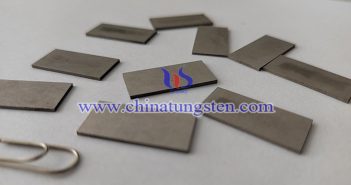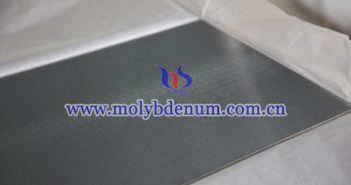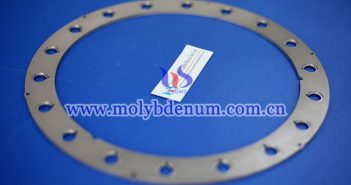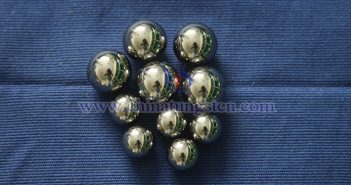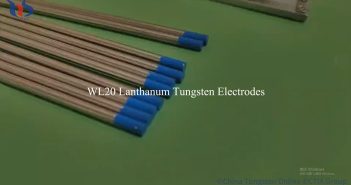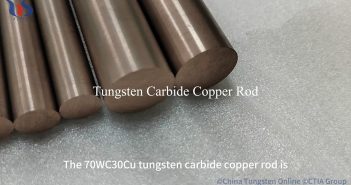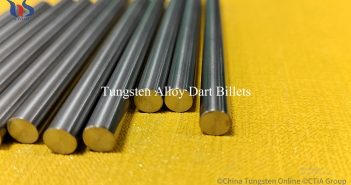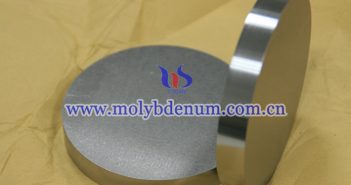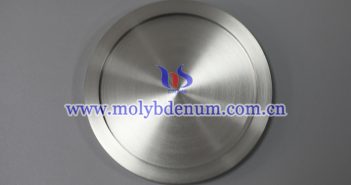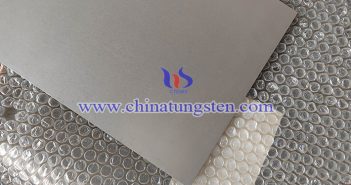
Pure tungsten sheets, known for their superior physical and chemical properties, are widely used across various industrial fields. Below are the main application areas and characteristics: 1. Electronics Industry Tungsten sheets are indispensable materials in the electronics industry, extensively used in the production of vacuum electronic devices such as cathodes, electrodes, and thermionic emitters. Their excellent electrical conductivity and oxidation resistance enable them to remain stable under high-temperature and high-vacuum conditions. Additionally, W sheets are employed in the semiconductor industry,…

